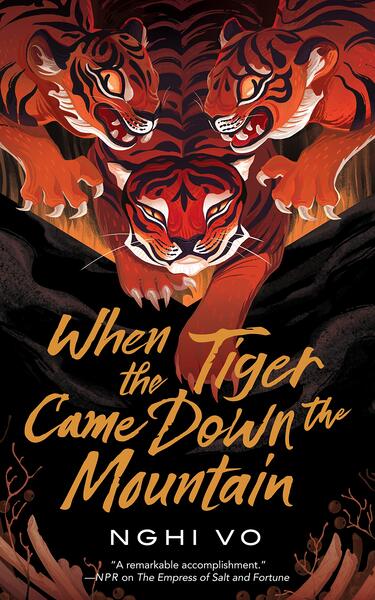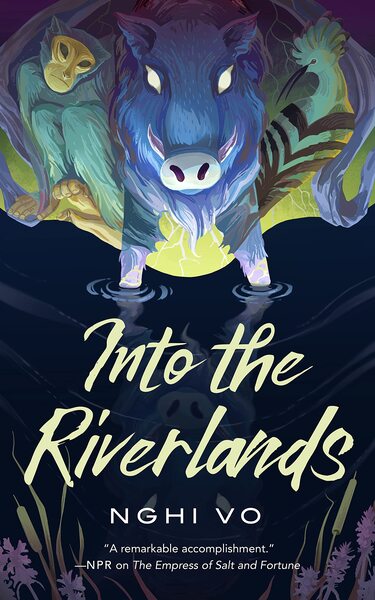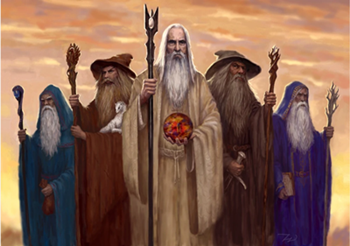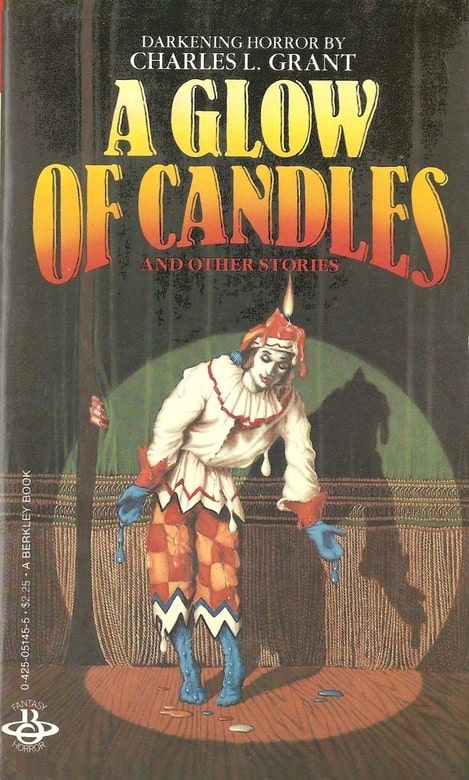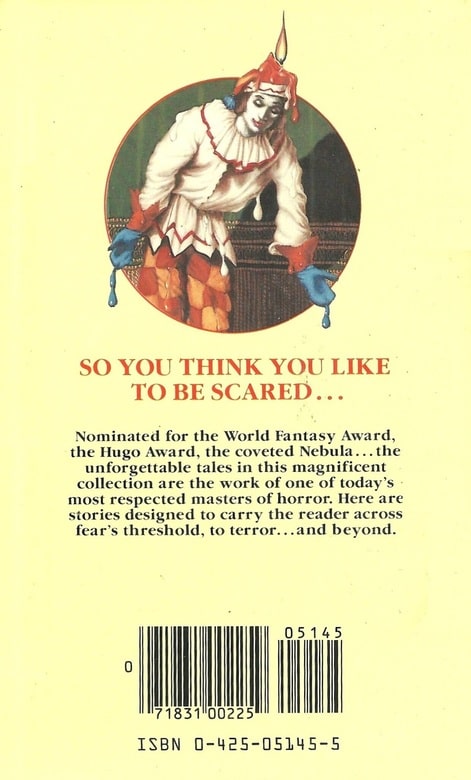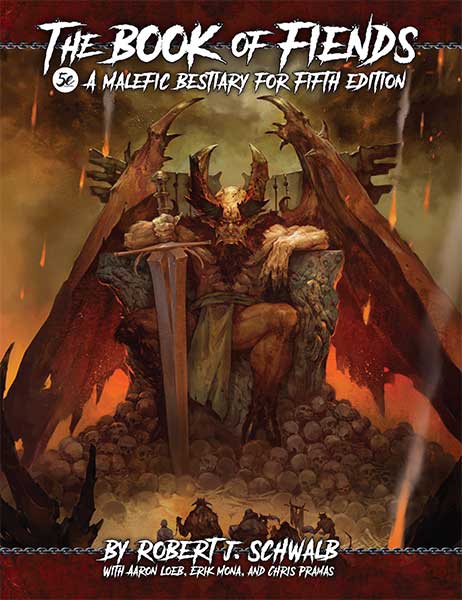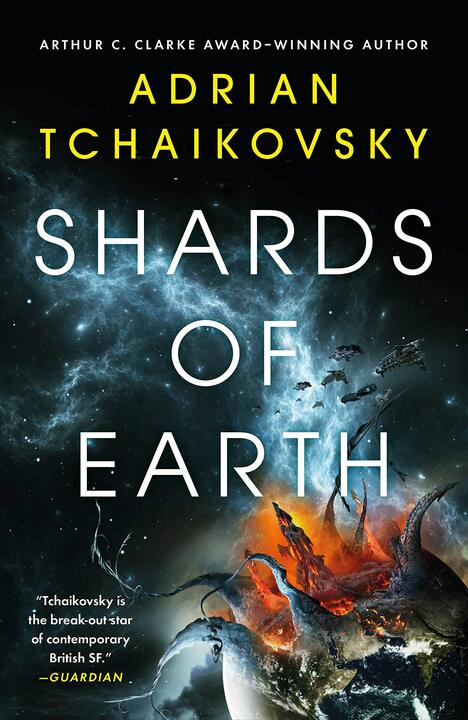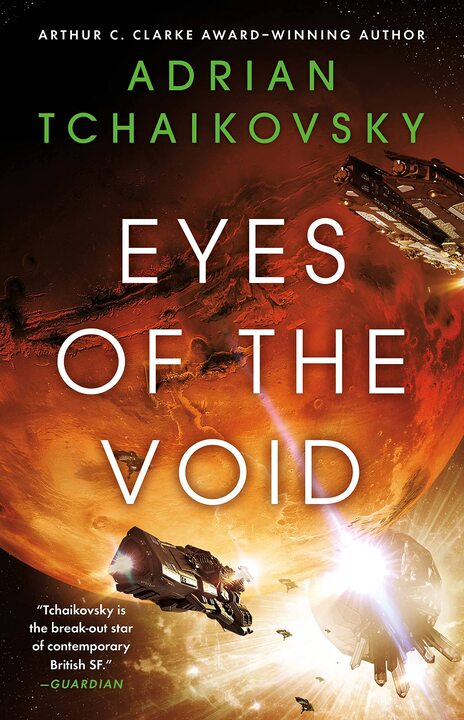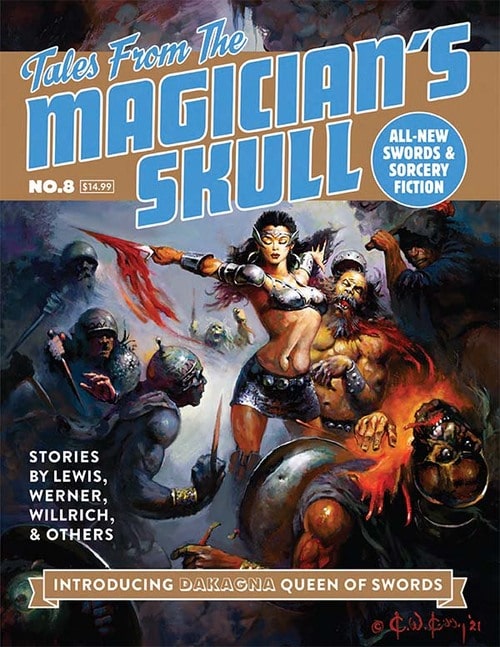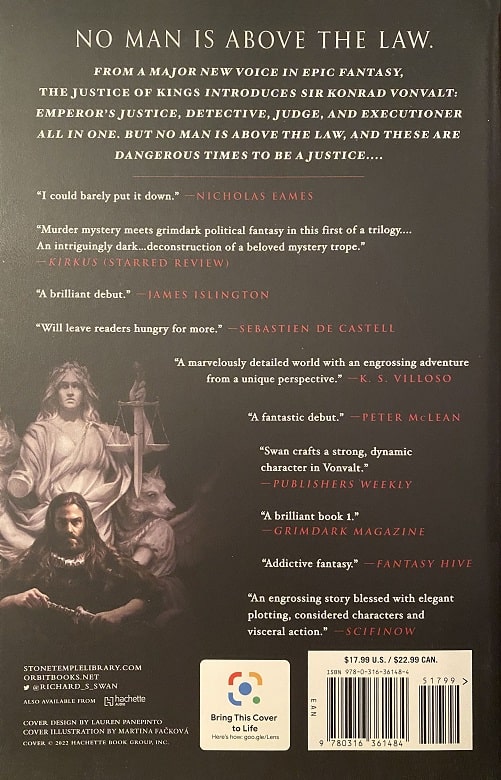Random Reviews: “The Loser of Solitaire” by Paul David Novitski
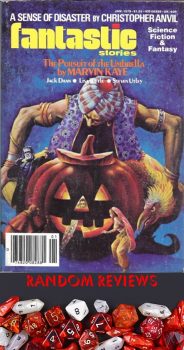
The introduction to Paul David Novitski’s short story “The Loser of Solitaire” in the January 1979 issue of Fantastic Stories notes “Paul Novitski is not a prolific author.” In fact, he sees to have published a total of five short stories over a period of seven years, with the first two, appearing in 1973 and 1975, published under the name Alpajpuri, and the last three, all appearing in 1979 under his own name.
Novitski tells the story of a man who is looking someone named Zo. Through the course of the story, we learn that this man is a rover, someone who travels at relativistic speeds through space and therefore ages differently than mere mortals. He also has four arms, although at no point does Novitski address whether the arms are natural or an augmentation.
His search for Zo takes him into a night-club/brothel, where he is assaulted by the sights, colors, and sounds while he is being propositioned until he finds Zo. When he does find her, he explains that they have a friend in common, Sergi, although it is unclear how much of a friend Zo considers him. What is clear is that Zo is something of a writer and Sergi had shown the rover some of her writings, which has caused him to want to track her down.


